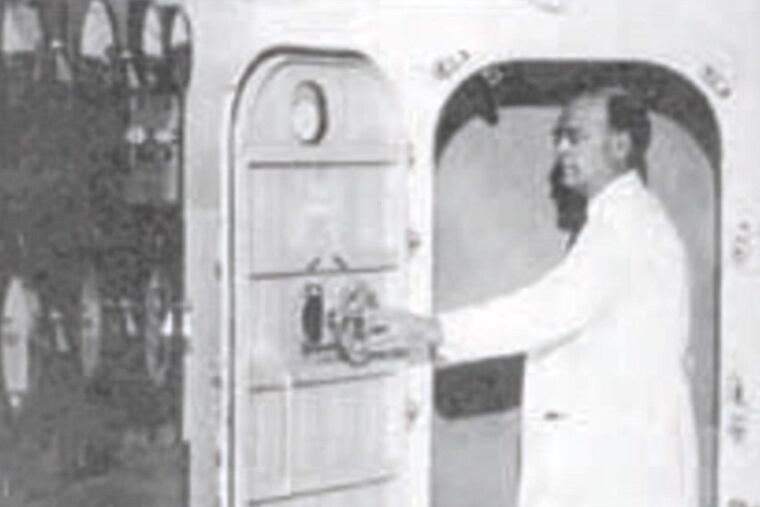Weather's role in joint pain might surprise you based on new study
The aches are more closely associated with delightful weather rather than fronts, storms, extreme barometer readings, and assorted atmospheric plagues, according to the unusual analysis.

As August days go, this one is quite delightful, so by all means be careful out there.
We distilled that advice from an unusual, if not unique, study out of the University of Washington that concluded that for joint injuries, fair weather is far-more dangerous than foul.
That conclusion might seem counterintuitive, but lead researcher Scott Tefler surmised that contrary to folk wisdom that ties arthritic pain and other maladies to atmospheric torment, fine weather is a more likely culprit since it spurs pain-inducing activity.
The counterintuitive aspect didn't surprise us in the least; that's a leitmotif in the wiggly world of "biometeorology."
What is different about this study is the methodology. For proxy measures, Tefler examined pain-related Google searches during a five-year period in 45 cities.
They spiked upward on dry temperate days when were below 86. On extremely hot, cold, and wet days, the numbers went down. Evidently, folks were staying inside.
"We were surprised by how consistent the results were throughout the range of temperatures in cities across the country," said Telfer.
Obviously, the methodology isn't foolproof. Biometeorological research is hampered by the difficulty of finding reliable data.
A popular method has been to look at emergency-room admissions. However, that data is skewed by cultural factors. People tend to put off emergency-room visits on weekends and holidays.
Isolating variables, such as barometric pressure and humidity, and tying them to specific complaints has been a daunting challenge.
The most-ambitious attempt we know of was undertaken at the University of Pennsylvania by Dr. Joseph Hollander in the 1960s.
With a $500,000 grant, Hollander built a "Climatron" in which he subjected patients to extreme changes in atmospheric variables during a seven-year period.
Hollander, whose papers are housed at the College of Physicians in Center City, wrote about "the innumerable frustrations and hours of wasted effort to achieve data reportable only in a 'Journal of Negative Results.'"
He did, however, conclude that "the 'old wives' tale" that arthritics can predict the weather has been statistically proved."
In the University of Washington study, released Wednesday, "There was a small effect of barometric pressure on knee pain but it wasn't seen for the hip or arthritis searches."
But temperature, he said, was far-more dominant as a factor.
Just a cautionary note, Thursday's forecast high in Philadelphia is 86.